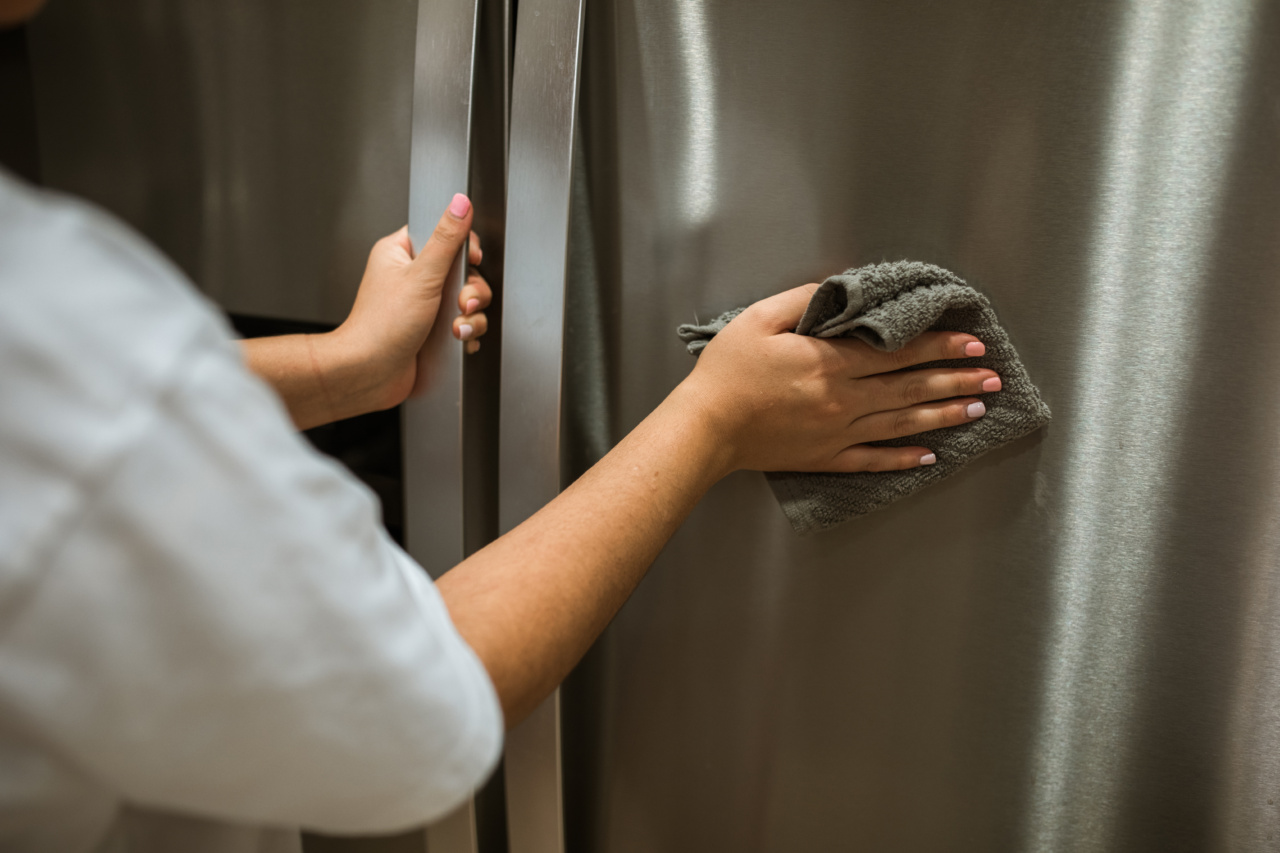Mold is a common problem that can affect various areas of our homes, including our refrigerators.
The fridge tires, also known as the gaskets or seals, are particularly vulnerable to mold growth due to their constant exposure to moisture and food residue. Not only can mold in the fridge tires affect the overall cleanliness and hygiene of your fridge, but it can also lead to unpleasant odors and potential health concerns.
In this step-by-step guide, we will walk you through the process of effectively cleaning mold from fridge tires, restoring the cleanliness and functionality of your refrigerator.
1. Gather the necessary supplies
Before starting the cleaning process, it is important to gather all the supplies you will need. This will ensure that you have everything within reach and avoid any unnecessary interruptions. The supplies you will need include:.
- Hot soapy water
- Baking soda
- White vinegar
- A toothbrush or small cleaning brush
- A clean cloth or sponge
- A spray bottle
2. Empty the fridge and unplug it
Before you can start cleaning the mold from the fridge tires, you need to empty the fridge of all its contents. Remove all the food items, shelves, and drawers, and set them aside to clean separately.
Once the fridge is empty, unplug it from the power source to ensure safety while cleaning.
3. Remove the fridge tires
The fridge tires are the rubber seals surrounding the fridge door. To clean them effectively, you will need to remove them from the fridge.
Start by gently pulling the tires away from the metal frame, starting from one corner and working your way around the door. Be careful not to damage or tear the rubber while doing so.
4. Prepare a cleaning solution
Now that you have removed the fridge tires, it’s time to prepare a cleaning solution. Mix equal parts hot soapy water and white vinegar in a spray bottle.
The hot soapy water will help break down any grease or grime, while the vinegar’s antibacterial properties will eliminate mold and mildew.
5. Spray the cleaning solution on the tires
Thoroughly spray the cleaning solution onto the fridge tires, ensuring that all areas are covered. The solution should penetrate the mold and start breaking it down. Leave the solution on the tires for about 10-15 minutes to allow it to work effectively.
6. Scrub the tires
Using a toothbrush or small cleaning brush, scrub the fridge tires vigorously to remove the loosened mold. Pay extra attention to any stubborn areas or crevices where mold may be hiding.
Continue scrubbing until the tires are free from visible mold and grime.
7. Rinse with clean water
Once you have finished scrubbing, rinse the fridge tires thoroughly with clean water. This will remove any remaining cleaning solution, mold spores, and dirt. Ensure that all the soap and vinegar are completely washed off.
8. Dry the fridge tires
After rinsing, use a clean cloth or sponge to dry the fridge tires completely. Make sure to remove all moisture from the tires to prevent any mold from regrowing.
You can also leave the tires to air dry separately before reinstalling them back on the fridge.
9. Clean and dry the interior of the fridge
While the fridge tires are drying, take the opportunity to clean and dry the interior of the fridge. Wipe down all the surfaces, including the walls, shelves, and drawers, using a mixture of hot soapy water and baking soda.
Pay attention to any areas that may have mold or unpleasant odors.
10. Reinstall the fridge tires
Once the fridge tires and the interior of the fridge are completely dry, it’s time to reinstall the tires. Carefully align the tires with the grooves on the fridge door and press them back into place.
Ensure that they fit snugly and create a proper seal.
By following these ten simple steps, you can effectively clean mold from your fridge tires and prevent its regrowth. Regular maintenance, including wiping down the tires with soapy water and keeping them dry, can also help prevent mold growth.
Remember, a clean and mold-free refrigerator not only ensures the longevity of your appliance but also promotes the safety and freshness of your stored food.





























